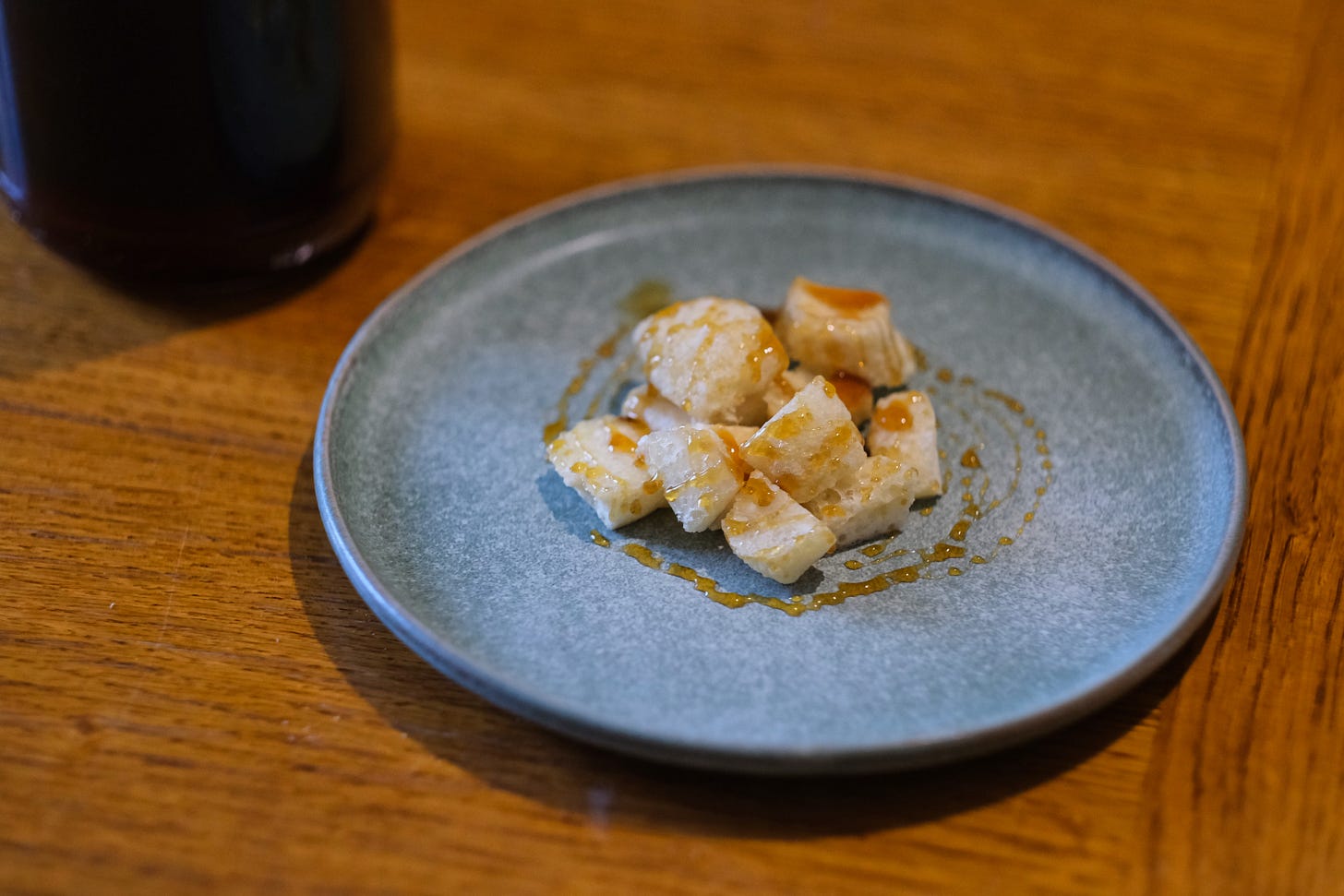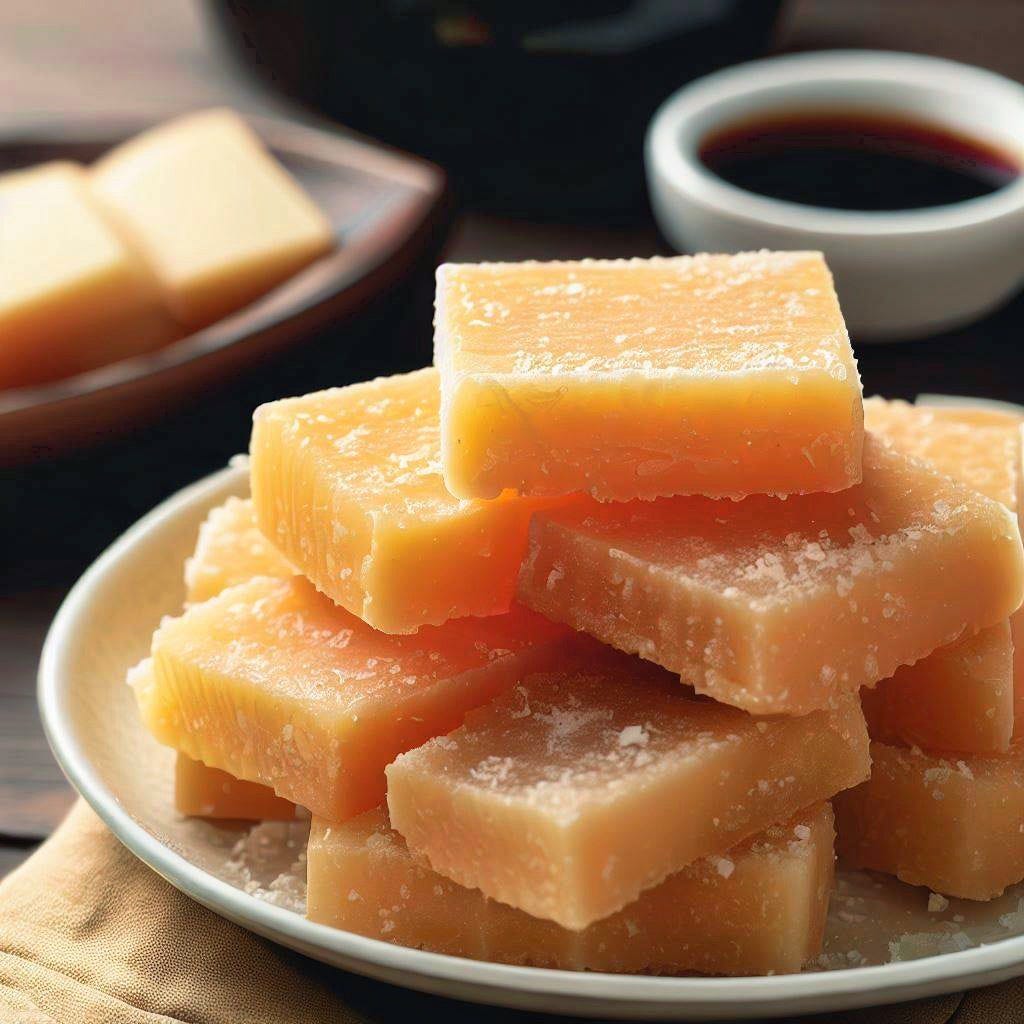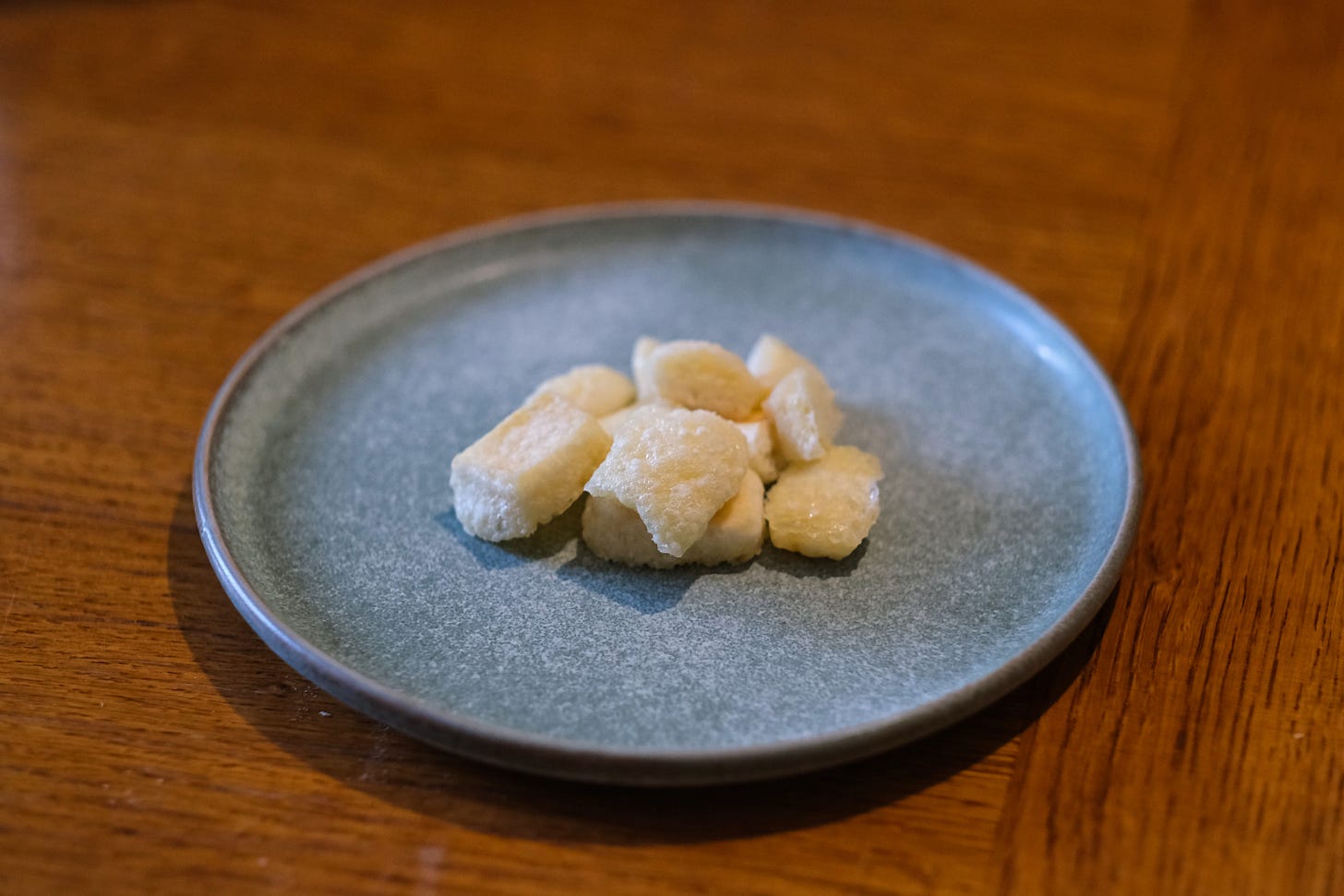Using Parmesan rinds?
Not just one, but three recipes for using the edible crust of aged cheeses!
If you’re not yet a subscriber and like The Ramen Bowl, leave your email to start receiving all the new posts directly in your inbox! 👇
Parmesan or… Parmigiano?
One of the funny things about being Italian is that I always have a piece of good quality Parmigiano at home, and it doesn’t last long.
Now, I know (and you should, too!) that Parmigiano Reggiano and Parmesan are not quite the same thing, with the latter being a low-quality imitation of the real one. And I know we, Italians, have this thing for “original recipes” where we struggle when people overcook pasta, add cream to Carbonara, or put pineapple on pizza… But the reality here is that we are indeed talking about two completely different kinds of cheese.
Anyway, I get that outside of Italy is not easy to find a good quality Parmigiano. Sometimes it is expensive, and many people just fall for Parmesan or similar alternatives.
Even cheese comes to an end
Aged cheeses go along with so many dishes, not just from Italian cuisine, but they all come with a rather thick crust.
Well, that crust is actually edible!
Lately, I have been wondering for a while what to do with Parmigiano rinds (or Parmesan rinds… just use whatever you have, the problem we’re trying to solve is still the same with every Parmigiano-like cheese. I’ll try not to get mad if you use Parmesan, I swear!).
In Italy, we have a couple of methods to eat them, which are either boiling in water or cooking in a pan. Even though I do it sometimes, I am not a fan of either: by boiling, you get a tender piece, but the flavor tends to disappear, while on a pan, rinds tend to be not tender enough, in my opinion.
Also, Parmigiano is one of the foods with the most natural presence of glutamate. We are talking of something about 1.6% which is enough for it sometimes to even crystallize on its surface.
This was enough for me to think about extracting some flavor from it and eventually adding it to a Ramen (but not only, you’ll see).
So, breaking it down, I found three interesting ways to use Parmesan rinds:
Parmesan oil
Parmesan “pop-corn” snacks
Soup addition (the Italian way)
Recipes
Should we even call these recipes?
It’s more like experiments with acceptable results. Enough for me to share them with you, but still not enough to be confident in serving them at a hosted Ramen party (yet).
Let me know if you’re going to try any of these down there in the comments, or reach me at info.theramenbowl@gmail.com. I am always open to any proposal to improve a certain dish and will edit this post with new suggestions if any come in!
But first, let’s get your Parmesan rinds ready to be used.
First: prepare Parmesan rinds
As a protein-heavy food with a surface that is constantly in contact with air, especially for over 2 years like Parmigiano, the crust is not really “clean” by default.
Foremost, if the crust presents any visible mold, discard it. Though we are home cooks and don’t follow restaurant-grade rules for food preservation, it is better not to take any risk in this case. I know many would be tempted to simply peel it off and wash it (I also do it, sometimes), but the truth is that if the mold is already there for a while, chances are that it has spread all over and inside the cheese up to 2-3 centimeters, even in small quantities and still not visible. Most of the time, you will also notice this by the funky smell and flavor.
I am nobody to dictate rules here. Just do not put yourself in danger, peace.
Secondly, being exposed to air for a long time, the cheese will accumulate a thin layer of “dirt” on the outer surface, which is safe to simply scratch off with a knife and then wash. For reference, look at seconds from 0.06 to 0.15 of this video.
After being cleaned, rinds of Parmigiano can even be stored in a bag in the freezer for up to one year.
Parmesan oil
I have found two effective methods to extract fats from Parmigiano.
A quick and strong oven method (also works in the air fryer)
Cut the rinds into pieces, and lay them on a baking tray.
Heat the oven to 110 degrees Celsius.
Once the oven gets to temperature, leave it there for 15-30 minutes.
After that time you will be left with a good amount of fat that is 100% coming from the Parmesan. Pure gold.
The longer, milder, and rounder method
Cut the rinds into pieces, and put them in a saucepan.
Cover the rinds with water.
Cook on low heat until all the water is evaporated.
Add neutral vegetable oil (like the sunflower one) to the saucepan and let it cook for another 10-15 minutes.
You get oil flavored with Parmesan. The flavor is not as strong as the first method, but it’s rounder and less scary to work with.
Parmigiano Reggiano is rich both in fats and glutamate. With the first method, you get a really strong Parmesan-flavored oil. With the second one instead, you get a milder but rounder flavor. Which one is best? The one you decide to try out: I know you’re pretty smart and will choose the best one depending on your needs.
Parmesan “pop-corn” snacks
This is going to sound a bit unorthodox, but… Believe me. Trust the process.
Cut the rinds into little bite-sized pieces.
Lay them down on a microwave-safe plate, making sure to have all the pieces separated by a centimeter or so between them.
Microwave for around 60-90 seconds.
Take it out and let it cool for 30 seconds.
Could you believe it without trying? Super crunchy Parmesan-flavored pop-corns!
I will give you another idea. Prepare a little sauce on the side by combining a tablespoon of honey and a tablespoon of soy sauce, heating it up a bit in a saucepan. You can dip the pop-corns here. There you have a sweet and salty low-effort appetizer.
Soup addition
This one is straightforward, but I like to be funny, so let’s have a single-point procedure.
Cook the Parmesan rinds in soup, among other aromatics.
This is the typical North Italian way of slowly cooking Parmesan rinds in broth until it becomes tender.
As a pro, this method enhances the umami of the soup and leaves you with an incredibly tender and chewy piece of Parmesan to eat as it is, delicious.
As a con, it releases a perceptible cheese aroma into the soup that not everybody would like, or at least won’t work in every soup preparation.
Also, if that is not what you’re trying to achieve, it’s better to add the rinds in the last 1-2 hours of cooking, this is cause the Parmesan will render a slightly cloudy opaque appearance to the broth.
Closing up & Takeaways
In conclusion, I think there are two main takeaways from this story.
One is the need to learn to reuse and reduce waste.
Second, embrace this need to unlock and express creativity.
It’s a win-win situation. Try to see it like this: generally, you can pretty much save a lot of the “waste” food that is usually thrown away. Now, you can use this opportunity to experiment in ways that you didn’t think of. And as with experimentation we inevitably come to failure, we can fail on food that was previously going to waste anyway! Eventually, then, we will stop failing and start achieving acceptable results which will translate into reuse.
Ready to try?
See you in two weeks!
— The Ramen Bowl - ◡ -
If you’re not yet a subscriber and like The Ramen Bowl, leave your email to start receiving all the new posts directly in your inbox! 👇






I think "like experiments with acceptable result" is a great way to describe most cooking. Well, mine, anyway. I proudly use only parmigiano and have used the rind in soups, but look forward to making the oil. Thank you!
They way we used them during pizza season at the restaurant was to put the rinds in a small metal container with warm olive oil, garlic and rosemary sprigs. Before the pizza goes to the table we woulduse the spring to brush the crust.
On a sidenote... I actually like pizza on pineapple, fresh grilled or seared pineapple tossed in brown sugar and black pepper.
Add some sopressata or capicola, marinated artichokes and some pepperoncini or italian long... It's a party..
And if you like, some sardines... Oh my..